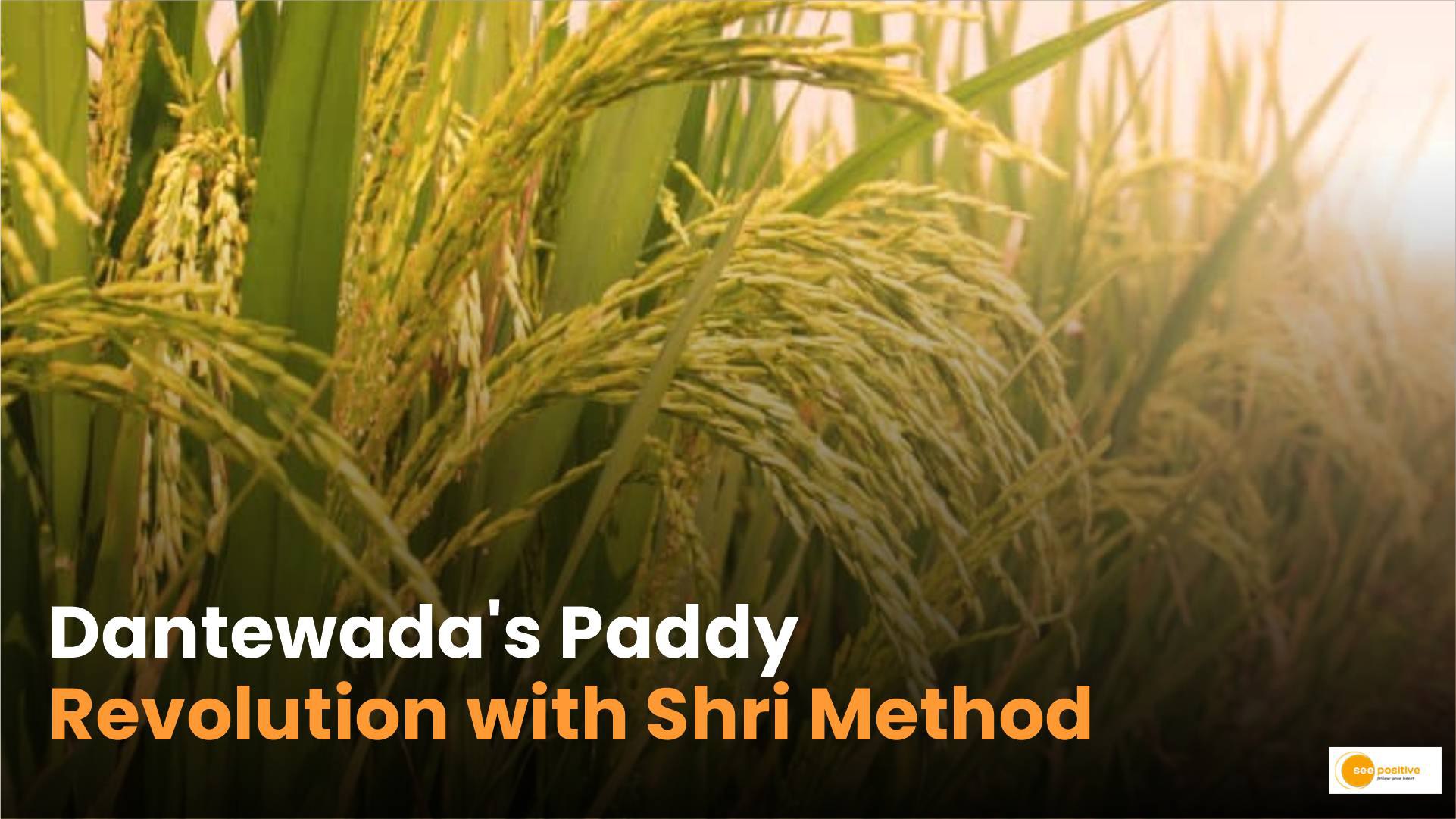Under the guidance of the district administration, farmers in the tribal region of Bastar are shifting from traditional rice farming to the innovative “Shree” method. This year, the agriculture department aims to cover 600 hectares under this method, alongside promoting green manure on 1,200 hectares to enhance productivity.
Empowering Farmers
So far, 540 hectares have been sown using the “Shree” technique, which promises nearly two to two-and-a-half times more yield. The district’s farmers, particularly in the Geedam and Dantewada blocks, are showing keen interest in this method, which requires less water and is more resistant to diseases. Moreover, the use of fertilizers, chemical pesticides, and herbicides is minimized, with a preference for green manure.
Reaping the Benefits, More with Less
With favorable rainfall this season, the district offers an ideal opportunity for the adoption of “Shree” The agriculture department is actively educating farmers on all aspects of this method, from preparation to planting and weed control. Last year, only 150 hectares were cultivated using this method, but this year, the area has significantly expanded.
READ MORE Farming Empowerment: The Kisan Credit Card Advantage!
Cost-Effective and High Yield
One of the standout benefits of the “Shree” method is its efficiency. Traditional farming requires 50 to 60 kilograms of seeds per hectare, whereas “Shree” needs only 5 to 6 kilograms, making it a cost-effective solution for higher yields. This approach is not only transforming rice cultivation in the region but also paving the way for sustainable agricultural practices.


